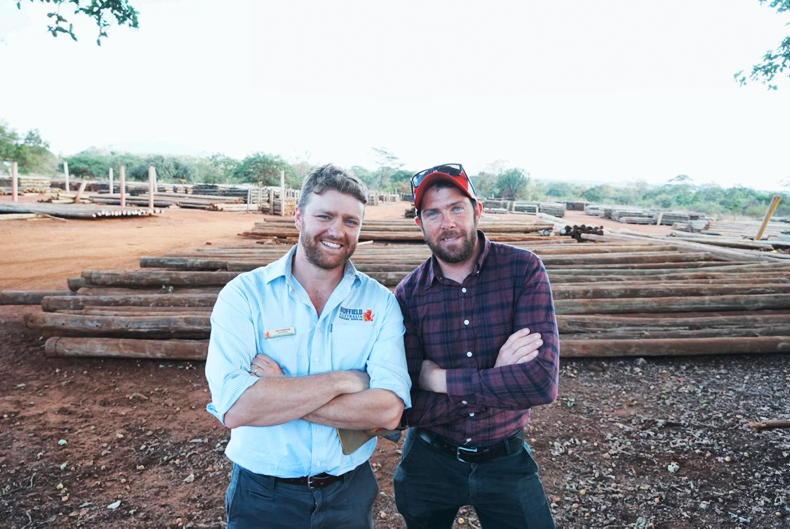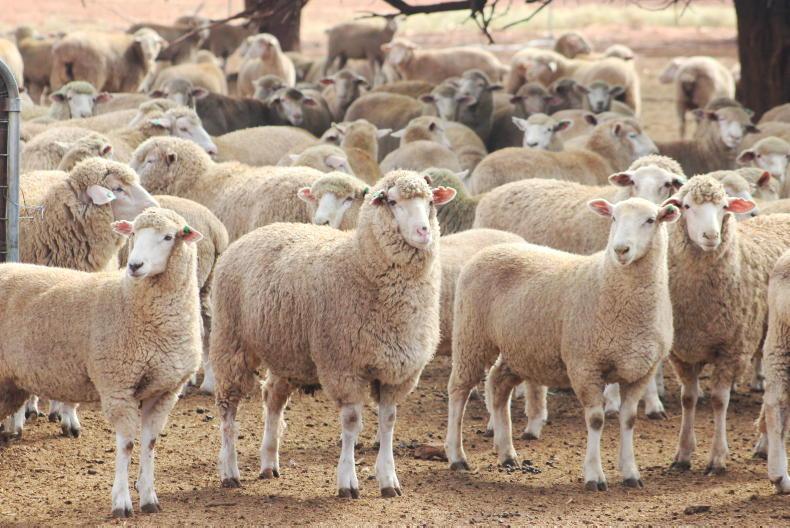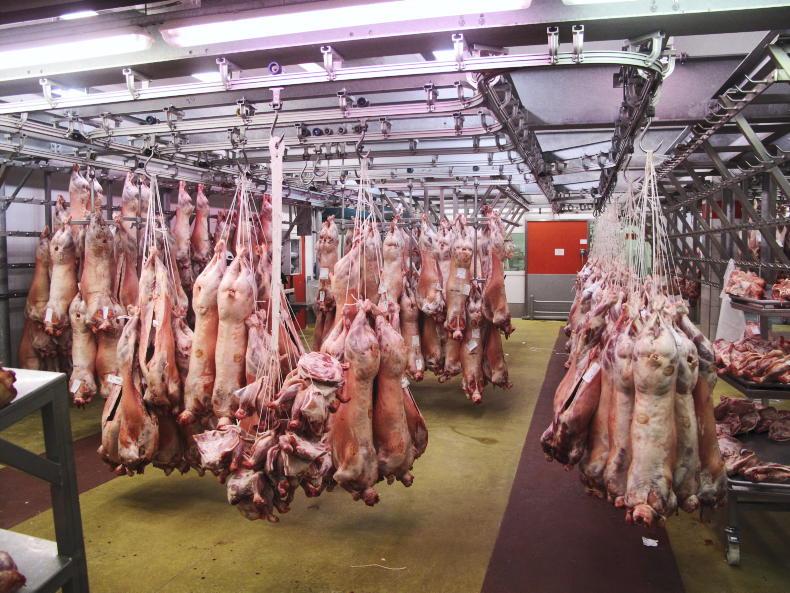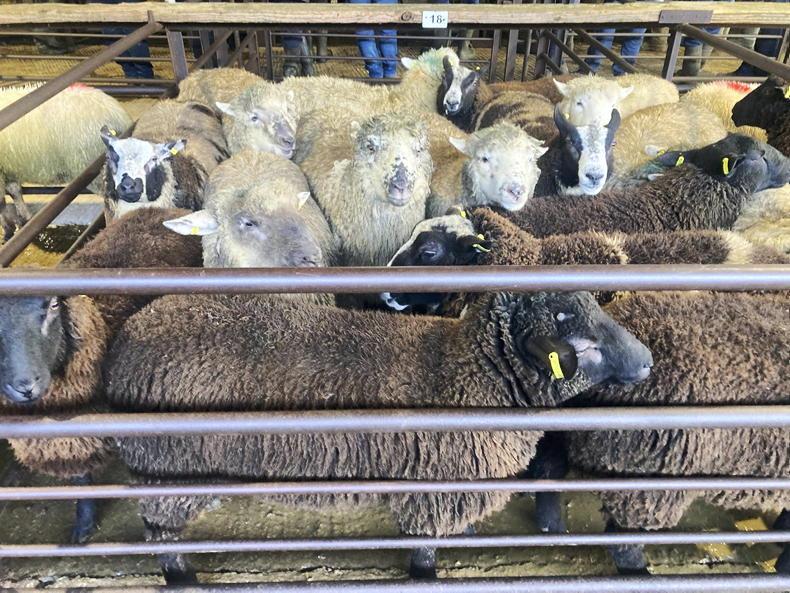Australian lamb exports in 2022 increased by 7% on 2021 volumes to a record 284,257t. Exports to the largest market the US increased by 6% to 75,453t, though exports to China fell by 6% to 52,151t.
Other markets for Australian lamb are mainly in other Asian countries and the Middle East/North Africa. Sales to the EU and UK are low because of tariff barriers, but this will change in the UK when the UK – Australia trade deal comes into operation. Mutton sales also increased, up 2% to 144,005t.
Herd rebuilding continues to impact Australia’s beef exports, which fell in 2022 by 4% to 854,596t, the lowest volume since 2003. Export values to most major markets fell, including the US, where there was an 8% decline to 133,841t. A similar case occured with Japan, the largest export market for Australian beef, with volume also down 8% to 214,306t. South Korea recorded a lower 3% decline to 160,725t, but China was the exception, recording a 7% increase on 2021 levels to 158,000t. Despite the decline to a 20-year low, Australia remined the third largest exporter in the world in 2022, behind Brazil and the US.
While Asia and North America will remain Australia’s main export market for beef and sheepmeat, there are ambitions to increase volumes to Europe. Australia and the EU have been negotiating a trade deal since 2018, but of most interest to Irish farmers is the deal that concluded with the UK in 2022. This will build to complete tariff-free access to that market for Australian beef and sheepmeat, competing directly with Irish beef and sheepmeat sales to the UK.










SHARING OPTIONS